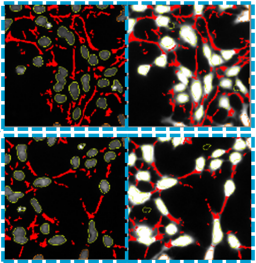A high-throughput approach to identify specific neurotoxicants / developmental toxicants in human neuronal cell function assays
Main Article Content
Abstract
The (developmental) neurotoxicity hazard is still unknown for most chemicals. Establishing a test battery covering most of the relevant adverse outcome pathways may close this gap without requiring a huge animal experimentation program. Ideally, each of the assays would cover multiple mechanisms of toxicity. One candidate test is the human LUHMES cell-based NeuriTox test. To evaluate its readiness for larger-scale testing, a proof of concept library, assembled by the U.S. National Toxicology Program (NTP), was screened. Out of the 75 unique compounds, seven were defined as specifically neurotoxic after the hit-confirmation phase and ten further compounds were generally cytotoxic within the concentration range of up to 20 μM. As complementary approach, the library was screened in the PeriTox test, which identifies toxicants affecting the human peripheral nervous system. Of the eight PeriTox hits, five were similar to the NeuriTox hits: rotenone, colchicine, diethylstilbestrol, berberine chloride, and valinomycin. The unique NeuriTox hit, methyl-phenylpyridinium (MPP+), is known from in vivo studies to affect only dopaminergic neurons (which LUHMES cells are). Conversely, the known peripheral neurotoxicant acrylamide was picked up in the PeriTox, but not in the NeuriTox assay. All of the five common hits had also been identified in the published neural crest migration (cMINC) assay, while none of them emerged as a cardiotoxicant in a previous screen using the same library. These comparative data suggest that complementary in vitro tests can pick up a broad range of toxicants, and that multiple test results might help to predict organ specificity patterns.
Article Details
Articles are distributed under the terms of the Creative Commons Attribution 4.0 International license (http://creativecommons.org/licenses/by/4.0/), which permits unrestricted use, distribution and reproduction in any medium, provided the original work is appropriately cited (CC-BY). Copyright on any article in ALTEX is retained by the author(s).


